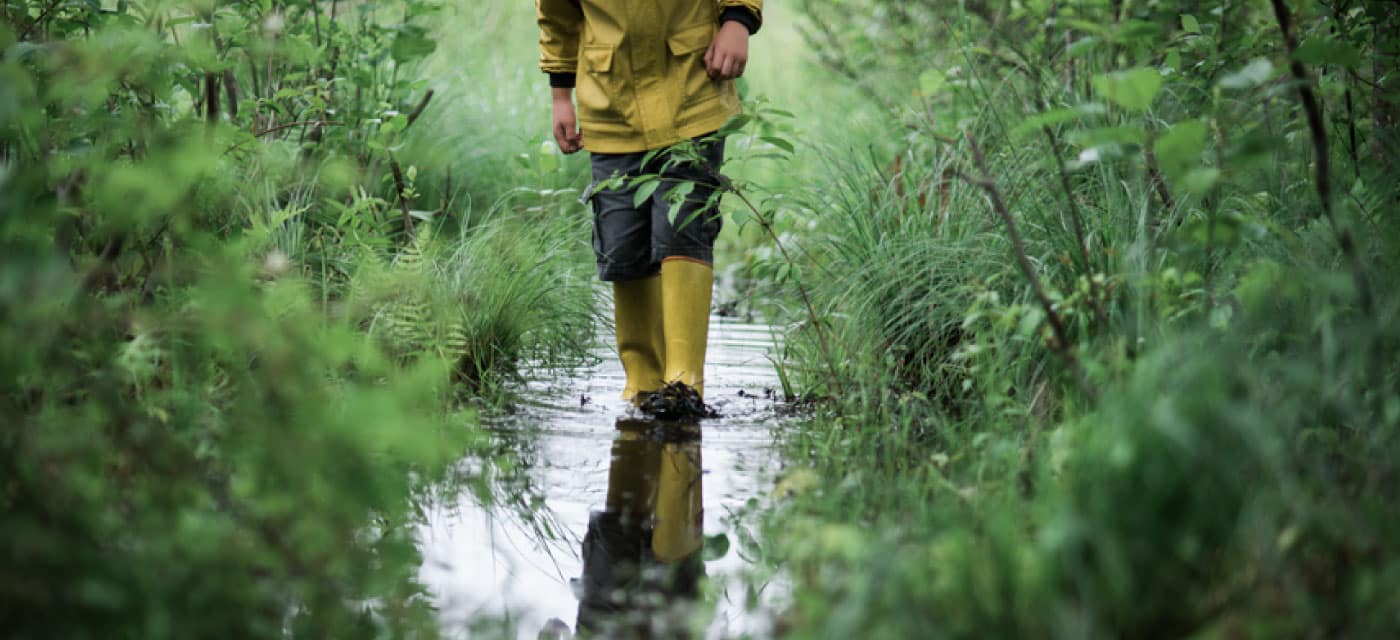Emergency Preparedness: 5 Steps To Take
Emergency preparedness is important. Implement the following steps and prepare you and your family before disaster strikes.

Have you prepared for the unexpected? According to the AICPA, 27% of Americans report having taken no steps to prepare themselves for a natural disaster. Preparation can be simple and include a supplies kit, emergency plan, and a financial plan in case of an emergency.
Common disasters to prepare for in Texas are tornadoes, floods, wildfires, and regular coastal hurricanes. The 2021 Atlantic Hurricane Season began June 1 and NOAA has predicted a 30% chance for a near-normal season and a 60% chance of an above-normal season.
Implement the following tips to prepare you and your family for any crisis.
Prepare For Any Crisis
Build An Emergency Supply Kit
Ready.gov suggests building an emergency kit that can last you and your family at least 72 hours. Your kit should contain items like:
- One gallon of water per person for three days
- Three-day supply of non-perishable food (don’t forget a can opener)
- Flashlights
- First-aid kit
- Hand sanitizer
- Battery powered radio
- Batteries
- Portable chargers for cell phones
- Disposable masks
Make sure the kit is in an easy to carry container and easily accessible in case evacuation is necessary.
It’s also a good idea to build pets their own emergency supply kit to keep near/in yours with items like pet food, water bowls, extra collar/leash, and toys to keep them occupied.
Establish A Financial Emergency Plan
The best place to start is by building up an emergency savings. An emergency savings is usually defined as 3-6 months of living expenses for you and your family in the case of an unforeseen situation. This includes situations like medical emergencies, car repairs, or a natural disaster.
- Consider building your emergency savings and use the 52 Week Savings Challenge method and add to your certificate or create a separate savings account.
- Once you feel comfortable with the amount, consider adding some cash to your emergency kit to have set aside.
- Further prepare yourself by having the A+ Mobile App downloaded to your phone. You can check account balances, set travel alerts if evacuation is necessary, and cancel lost or stolen debit cards.
Organize & Protect Important Documents
Make sure you will have access to important documents by uploading copies to a thumb drive stored in your emergency kit or saved to a virtual cloud. Documents you may need include:
- Birth certificates
- Social Security cards
- Insurance policies
- Medical records
- Financial account records
You can also make copies and store those in a waterproof container inside your emergency kit.
Have A Game Plan
Depending on the situation and the disaster, you and your family will have to decide if it would be safer to shelter in place or head to a mass care shelter. Create a household communication plan, have alternate routes for leaving your residence, and identify alternate means of transportation.
Be sure to include your pets in your shelter and evacuation plan. Many mass emergency shelters can’t allow pets inside for health reasons. Determine other places around you where you can stay with your pet or find a family member they can safely stay with in case of an emergency.
Prepare Your Kids
It’s important to include your children in the planning and preparing process so they understand what to do in case of an emergency. Work together to build your emergency kit and shelter/evacuation plan and then walk through different scenarios. Explain to younger children when it is appropriate to call for help and how to do so.
Following these tips will help prepare you for any unexpected emergency that may come your way. Whether it’s a natural disaster or a financial hardship, having a plan will give you and your family some peace of mind to focus on recovery.


BALANCE
Take advantage of free financial education from our partner, BALANCE. From confidential coaching to videos and articles, get the resources you need to help with your fiscal matters.
Related Articles
4 Financial Steps To Take After A Natural Disaster

As your credit union, we’re always here to help if you need assistance. Here are four financial steps to take after a natural disaster.
Are You Prepared For The Unexpected?

Prepare for the unexpected and ready yourself and your finances for anything that comes your way with these tools.
A Simple & Useful Estate Planning Checklist

Ensure your loved ones are taken care of by preparing a will and having appropriate directives in place.
